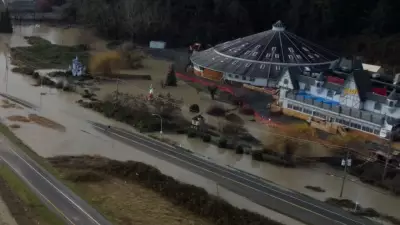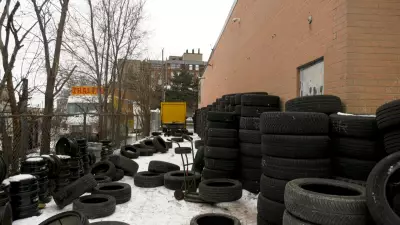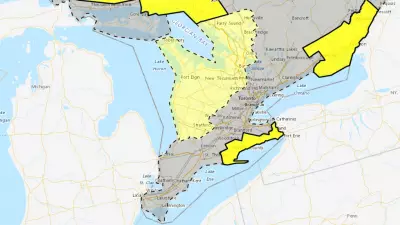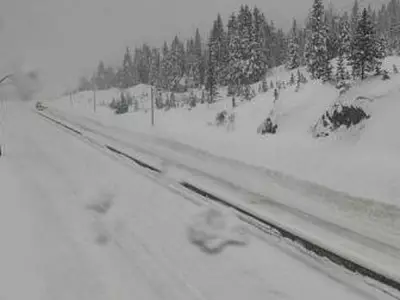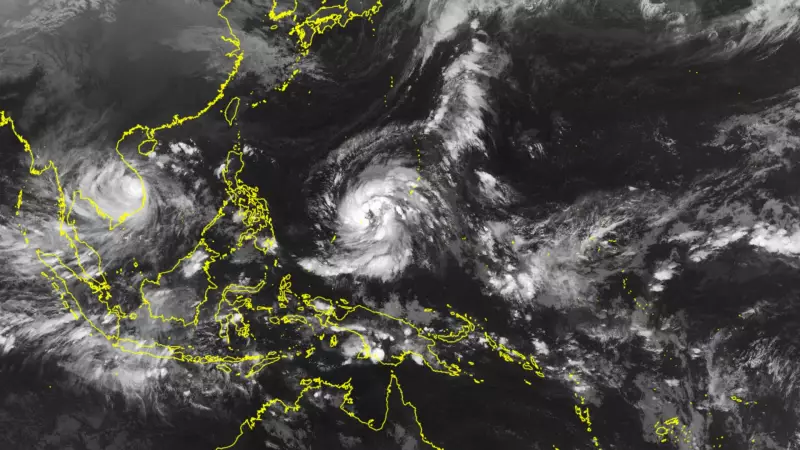
HANOI - Central Vietnam is reeling from the devastating impact of Typhoon Kalmaegi, which made landfall with destructive force, claiming multiple lives and leaving a trail of destruction across vulnerable communities.
The powerful storm system battered the region with torrential rains and fierce winds, triggering severe flooding that has submerged entire villages and cut off critical transportation routes. Rescue teams are working tirelessly to reach affected areas where rising waters have trapped residents.
Casualties and Emergency Response
Local authorities have confirmed at least two fatalities directly linked to the typhoon, with emergency services warning the death toll could rise as they access remote areas currently isolated by floodwaters. Numerous injuries have been reported, though exact numbers remain unclear due to communication disruptions.
"We are facing a serious emergency situation," stated a provincial official from one of the hardest-hit regions. "Our priority is evacuating people from flooded areas and providing immediate medical assistance to those injured."
Widespread Damage and Disruption
The typhoon's impact has been catastrophic for infrastructure throughout central Vietnam. Preliminary reports indicate:
- Complete submergence of multiple residential areas
- Collapsed bridges and damaged road networks
- Widespread power outages affecting thousands of households
- Substantial agricultural losses with flooded farmland
Emergency shelters have been established across affected provinces, accommodating hundreds of displaced residents who lost their homes to the raging floodwaters.
Regional Climate Context
Vietnam's central coastline is particularly vulnerable to tropical storms during the annual monsoon season. Typhoon Kalmaegi represents the latest in a series of extreme weather events that have increasingly battered the region, raising concerns among climate scientists about intensifying storm patterns.
Meteorological agencies are monitoring the situation closely as residual rainfall continues to pose flood risks, even as the storm system weakens and moves inland.


